Guide to AI Photography: Recreate Iconic National Geographic Covers with AI (Prompts Included!)
Learn AI photography by using AI image generators DALL-E, Stable Diffusion, Leonardo AI, Adobe Firefly and Midjourney to recreate iconic National Geographic covers - including exact prompts to generate the images.
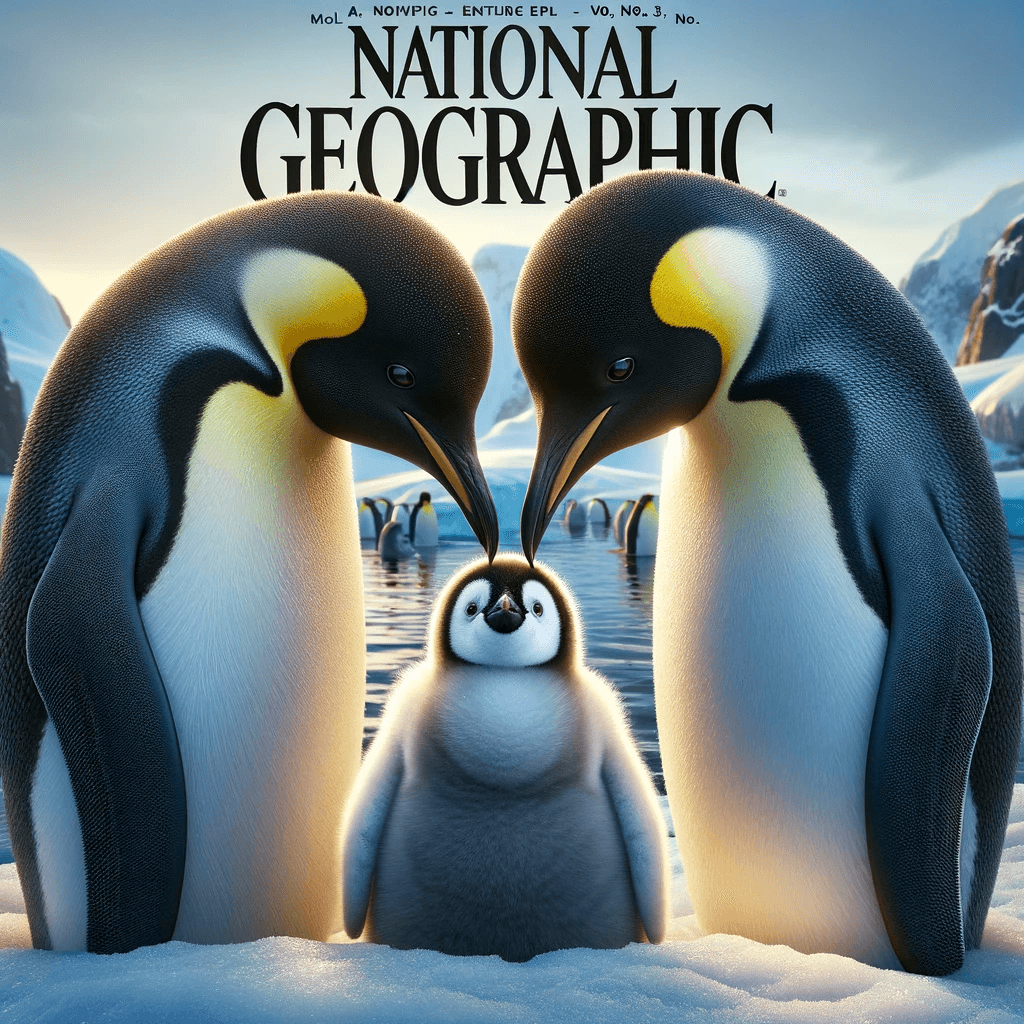
Guide to AI Photography: Recreate Iconic National Geographic Covers with AI (Prompts Included!)
Artificial intelligence (AI) photography is revolutionizing the way photographers create stunning images. AI-powered tools for photographers are becoming increasingly popular due to their ability to generate photorealistic images, enhance workflow, and save time in the photo editing process. As AI technology continues to evolve, its impact on the future of photography is undeniable. With the use of AI image generators and generative AI models, photographers can explore new creative possibilities in generating AI-enhanced images that look like AI technology is also penetrating the photography industry as evident in the World Photography Organization’s Sony World Photography Awards being won by a DALL-E generated image. By using AI-powered photo editing software and AI image generators, photographers can sharpen their images and enhance visual content with ease.
AI photo generators like DALL-E, Stable Diffusion, Leonardo AI, Adobe Firefly and Midjourney use deep learning algorithms to generate photorealistic images from text prompts. These tools allow anyone to effortlessly manifest their creative visions. Simply type a prompt, and voila - you can generate magazine cover-worthy photography.
What is AI Photography?
AI photography utilizes generative artificial intelligence to create original digital imagery. Unlike filters that enhance existing photos, AI photo generators manifest images from scratch based on text prompts.
The results can be uncannily realistic and wonderfully unexpected. In seconds, these tools digitally paint portraits, render product mockups, design book covers, and conjure fantastical scenes. They opens up lighting fast workflow efficiencies for graphic designers, marketers, and social media managers. No longer limited by budgets, geography or assets, letting your imagination run wild is the only constraint.
Learn AI Photography
Personally, I learn best by doing. When we think about the most iconic images, some of that come to mind are that of National Geographic Covers.
Lets pick 3 iconic covers and recreate them with Generative AI photography.
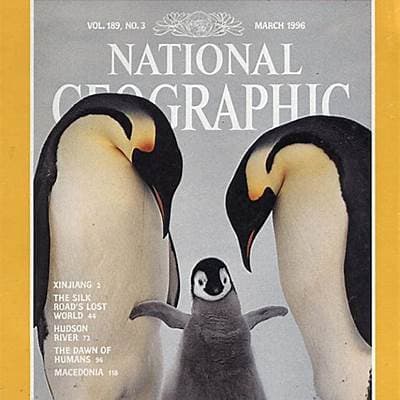
Penguin Parents

Gorilla with a camera
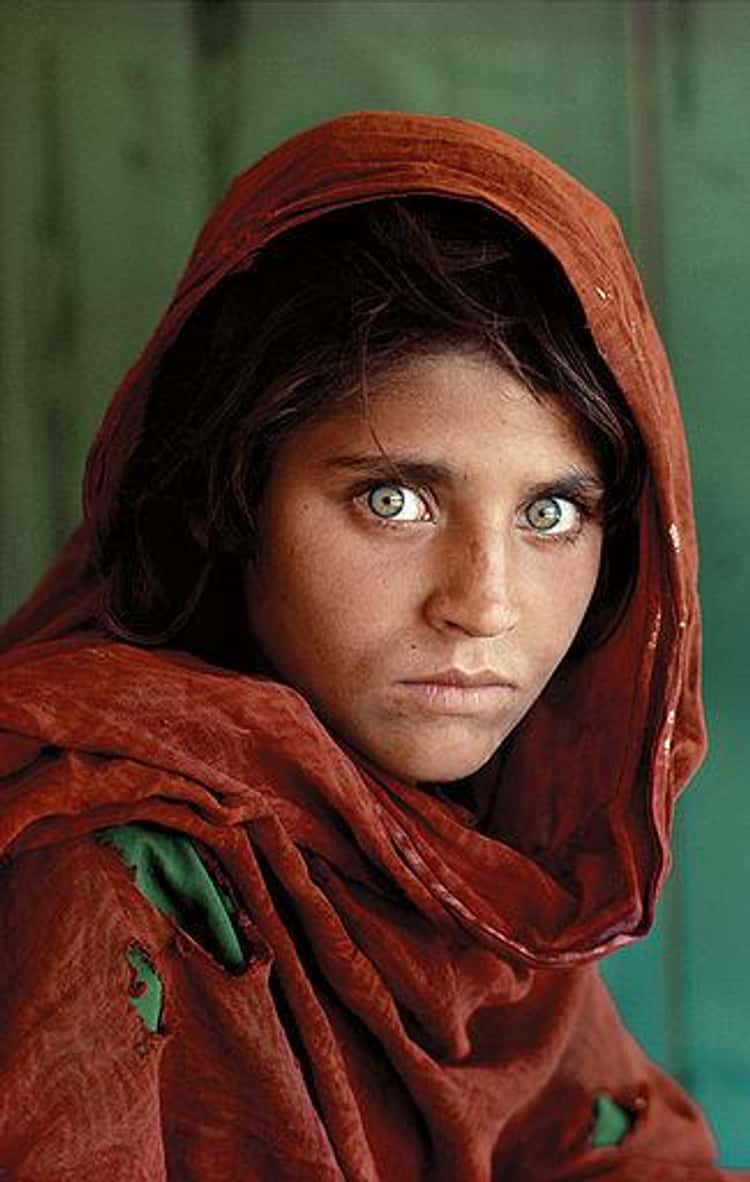
Afghan girl
Step-by-step guide to creating AI-generated national geographic covers
Creating AI-generated national geographic covers is a process that requires a combination of creativity, technical expertise, and attention to detail. Here's a step-by-step guide to help you get started:
The Contestants for Best AI Photo Generator?
Lets test how the following AI photo generators perform: DALL-E, Stable Diffusion, Leonardo AI, Adobe Firefly and Midjourney.
Note: you'll get my exact prompt but your resulting picture will vary slightly. Each time these photo generators create a brand new AI image.
AI Photography with DALL-E
What is DALL-E?
DALL-E is an AI system created by OpenAI that generates images from text prompts. Using a deep neural network trained on millions of photos, DALL-E manifests incredibly realistic and surreal imagery adhering to prompted descriptions. It spearheaded a revolution in AI creativity and synthesis.
Photorealistic DALL-E Prompt #1:
Create a photorealistic cover for the National Geographic Magazine, March 1996, Vol. 189, No. 3, featuring two proud parent penguins gazing lovingly at their baby. The scene should be set in the natural habitat of the penguins, showcasing their family bond and the beauty of their environment.
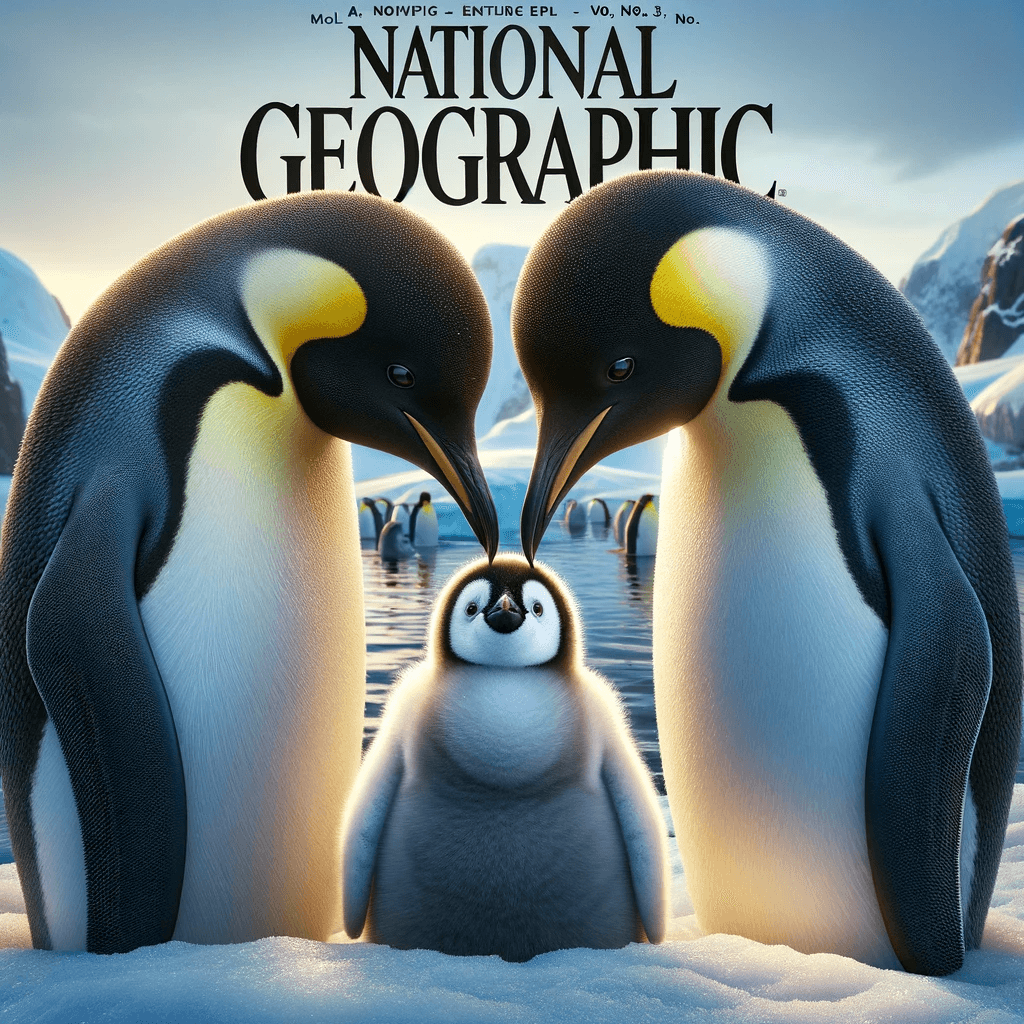
Photorealistic DALL-E Prompt #2:
Create a photorealistic cover featuring a gorilla holding an Olympus camera from the 1970s, with a fence in the background, inspired by the cover of NATIONAL GEOGRAPHIC October 1978 Vol. 154, No. 4. The gorilla should sitting on the ground facing the cameraman holding the Olympus camera on its face as if he's taking a picture of whoever is photographing the gorilla. The fence should be positioned in the background, partially obscuring the gorilla's body. The scene should evoke a sense of curiosity and connection between the gorilla and the camera, as if the gorilla is fascinated by the device, close-up, low-key lighting
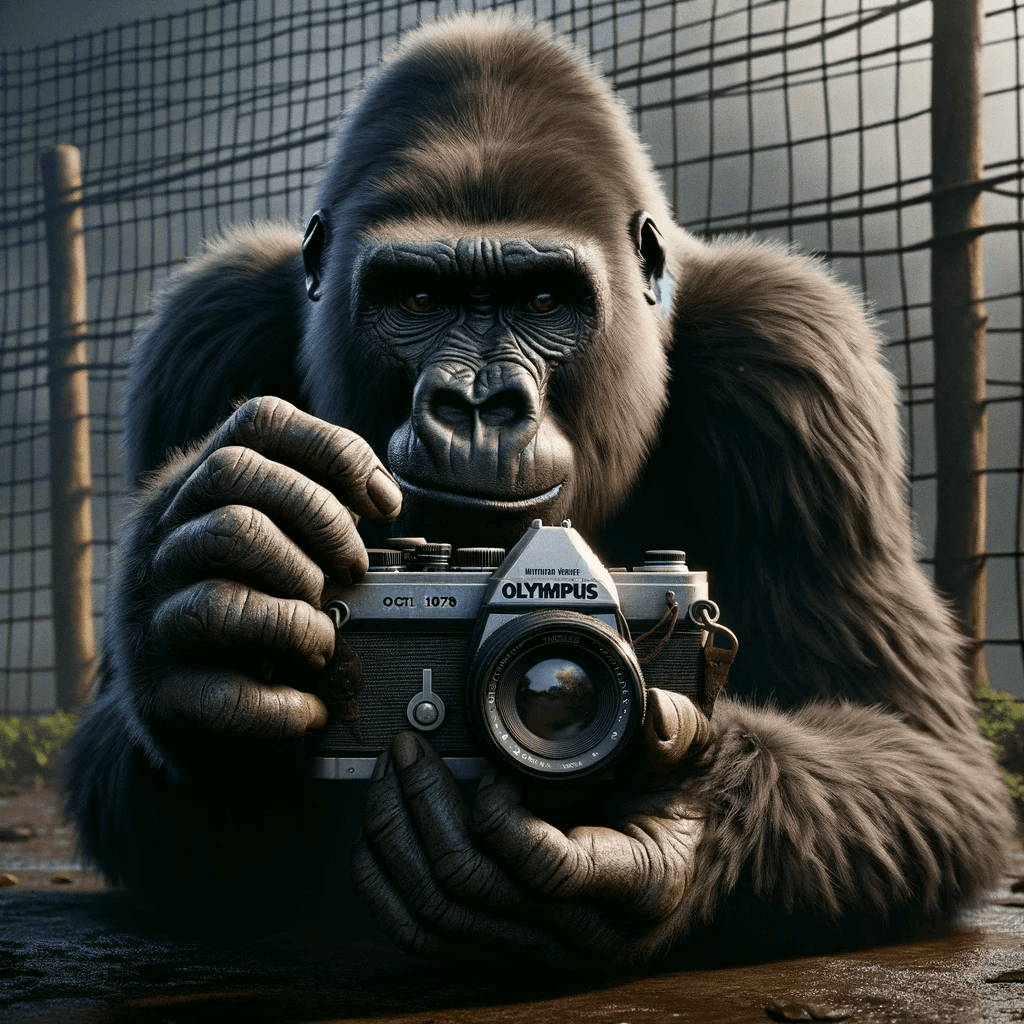
Photorealistic DALL-E Prompt #3:
Generate an image of a 12-year-old Afghan girl with a close-up shot. She should have blue/green eyes and slight dirt on her face. The background should be green, and she should be wearing a red cover that covers her head but not her face, with rips around the shoulders exposing a green shirt, re-creating the cover of National Geographic June 1985 Vol. 167, No. 6
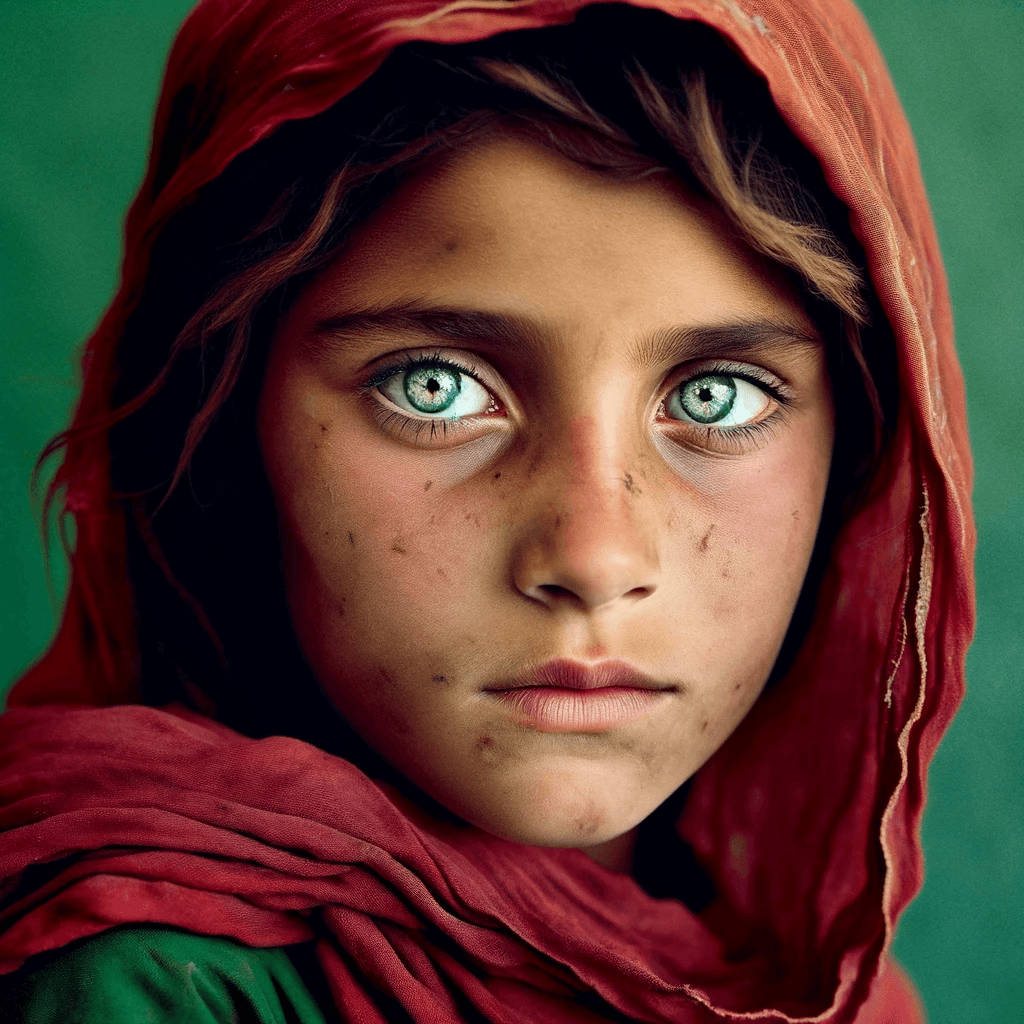
AI Photography with Midjourney
What is Midjourney?
Midjourney is an AI image generator that rapidly creates original images and art from natural language prompts. Using its neural net trained on millions of photos and artworks, Midjourney renders stunning, vivid visuals in seconds. It empowers unprecedented creative flexibility.
Photorealistic Midjourney Prompt #1:
photorealistic version of the National Geographic Magazine, March 1996, Vol. 189, No. 3, featuring two proud parent penguins gazing lovingly at their baby; the baby has their wings spread open with the parents giving it space, Canon EOS 5D Mark IV DSLR, f/5.6 aperture, 1/125 second shutter speed, ISO 100 --ar 2:3 --v 6.0
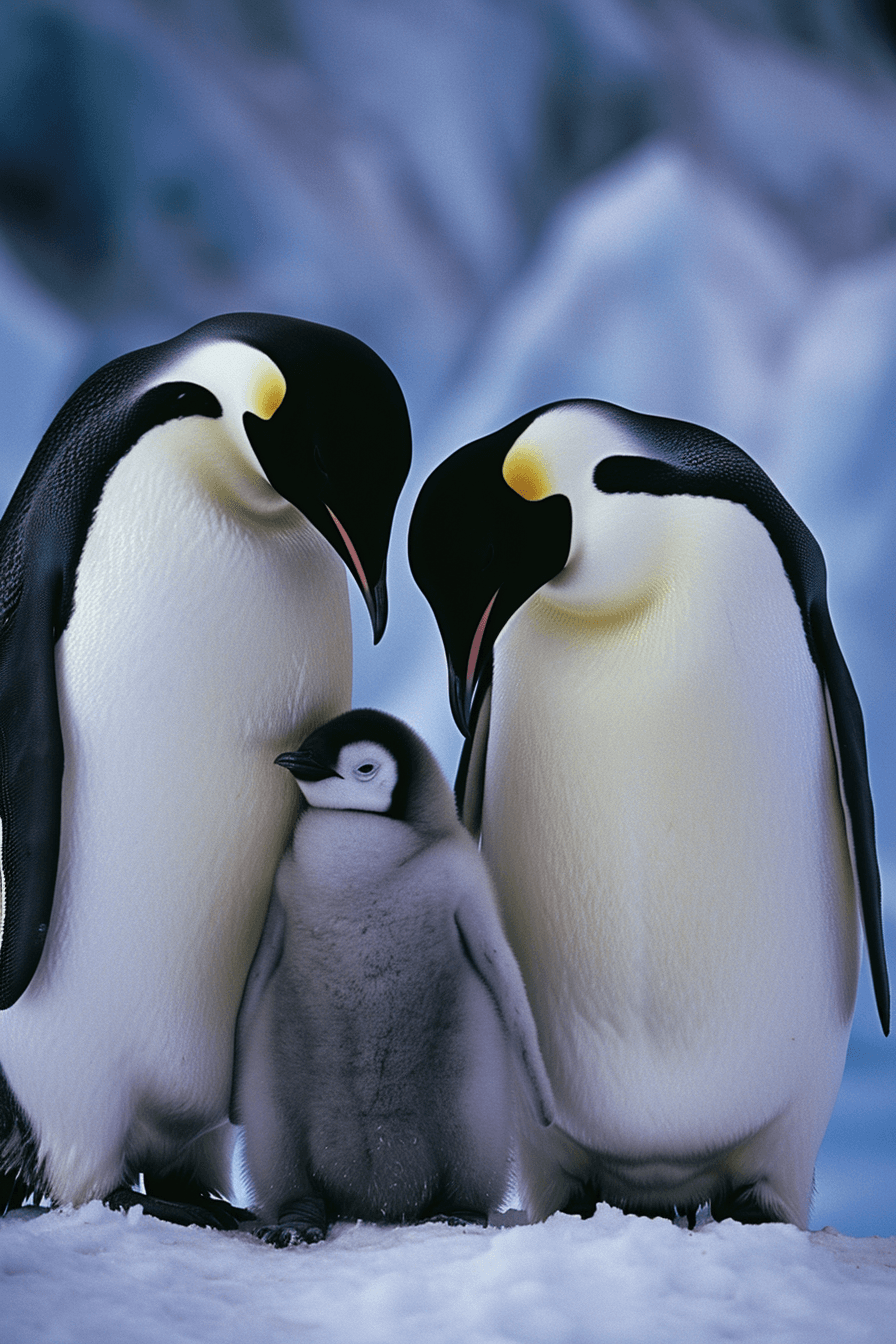
Photorealistic Midjourney Prompt #2:
Create a photorealistic cover featuring a close-up of a gorilla holding an Olympus camera from the 1970s, with a fence in the background, inspired by the cover of NATIONAL GEOGRAPHIC October 1978 Vol. 154, No. 4. The gorilla should sitting on the ground facing the cameraman holding the Olympus camera on its face as if he's taking a picture of whoever is photographing the gorilla. The fence should be positioned in the background, partially obscuring the gorilla's body. The scene should evoke a sense of curiosity and connection between the gorilla and the camera, as if the gorilla is fascinated by the device, Canon EOS 5D Mark IV DSLR, f/5.6 aperture, 1/125 second shutter speed, ISO 100 --ar 2:3 --v 6.0

Photorealistic Midjourney Prompt #3:
Generate an image of a 12-year-old Afghan girl with a close-up shot. She should have blue/green eyes and slight dirt on her face. The background should be green, and she should be wearing a red cover that covers her head but not her face, with rips around the shoulders exposing a green shirt, re-creating the cover of National Geographic June 1985 Vol. 167, No. 6, --v 6.0
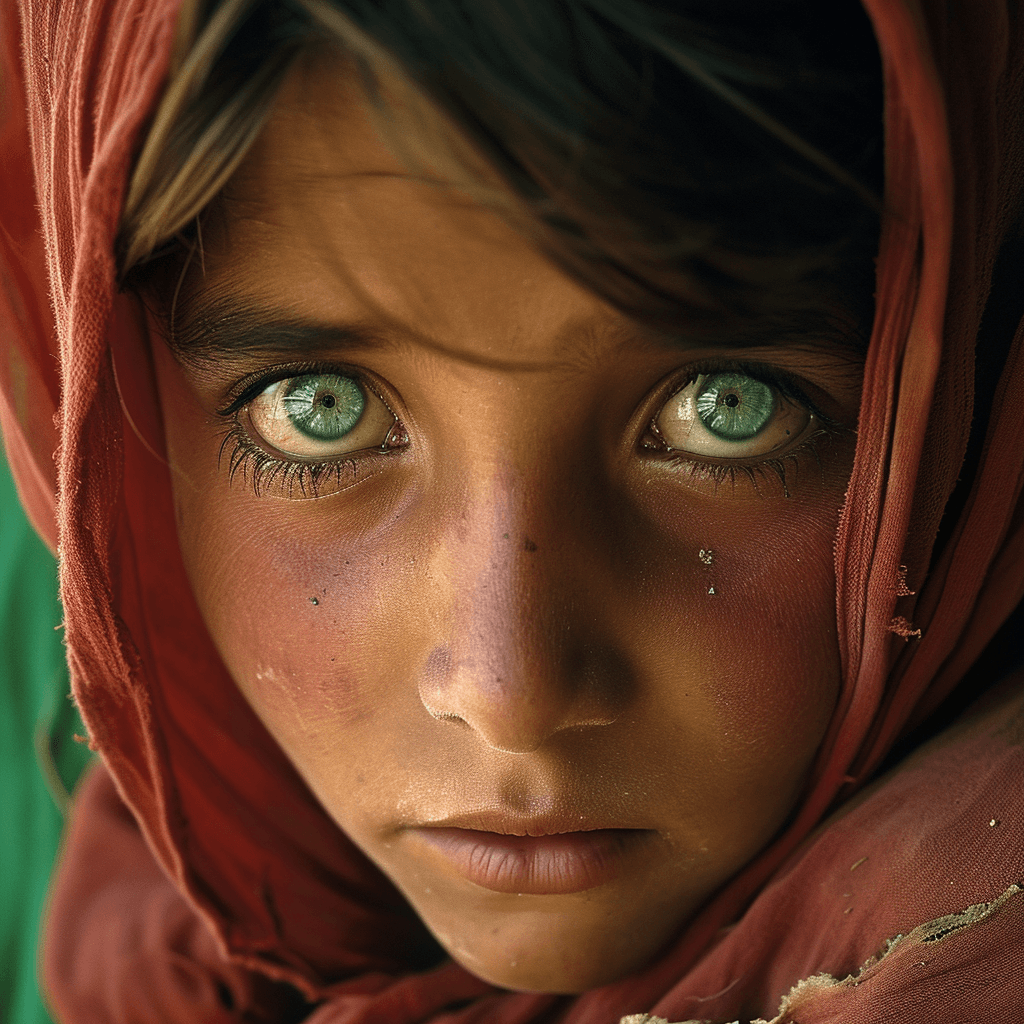
AI Photography with Stable Diffusion
What is Stable Diffusion?
Stable Diffusion is an open-source AI system for creating images and art from text descriptions. Built by Stability AI using a deep convolutional neural network, it generates highly realistic and creative visuals. As an accessible and customizable tool, Stable Diffusion makes AI synthesis approachable for everyone.
Photorealistic Stable Diffusion Prompt #1:
photorealistic version of the National Geographic Magazine, March 1996, Vol. 189, No. 3, featuring two proud parent penguins gazing lovingly at their baby; the baby has their wings spread open with the parents giving it space, background should be all snow
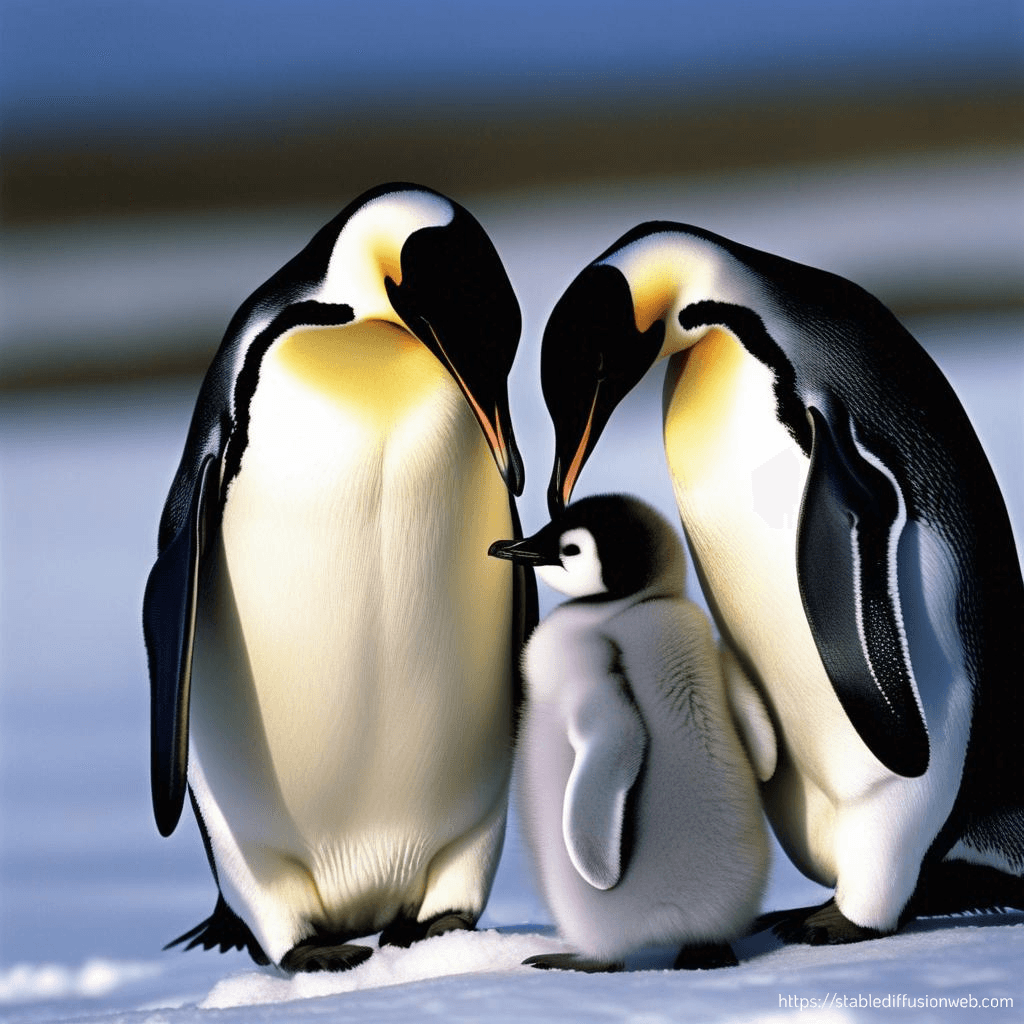
Photorealistic Stable Diffusion Prompt #2:
Create a photorealistic cover featuring a gorilla holding an Olympus camera from the 1970s, with a fence in the background, inspired by the cover of NATIONAL GEOGRAPHIC October 1978 Vol. 154, No. 4. The gorilla should be sitting on the ground facing the cameraman holding the Olympus camera on its face as if he's taking a picture of whoever is photographing the gorilla. The fence should be positioned in the background, partially obscuring the gorilla's body. The scene should evoke a sense of curiosity and connection between the gorilla and the camera, as if the gorilla is fascinated by the device, close-up, low-key lighting
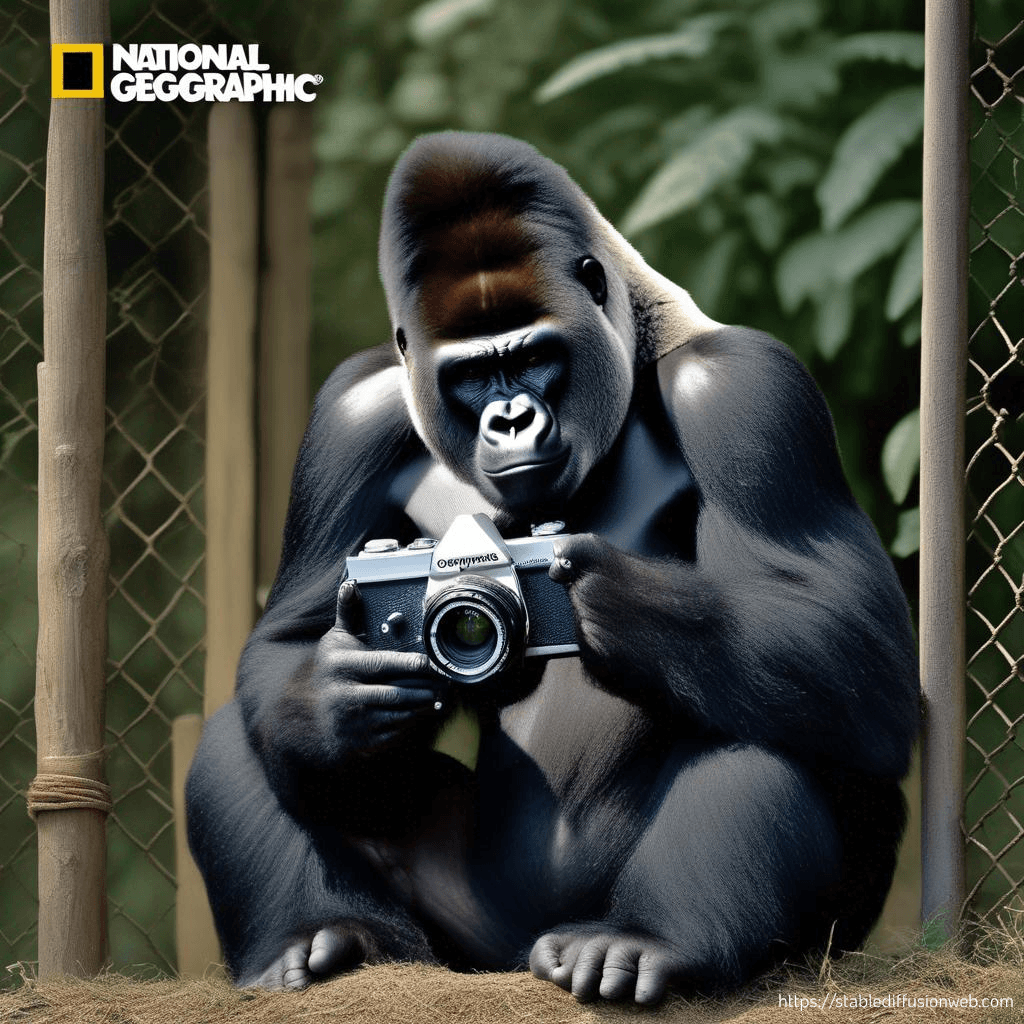
Photorealistic Stable Diffusion Prompt #3:
Generate an image of a 12-year-old Afghan girl with a close-up shot. She should have blue/green eyes and slight dirt on her face. The background should be green, and she should be wearing a red cover that covers her head but not her face, with rips around the shoulders exposing a green shirt, re-creating the cover of National Geographic June 1985 Vol. 167, No. 6
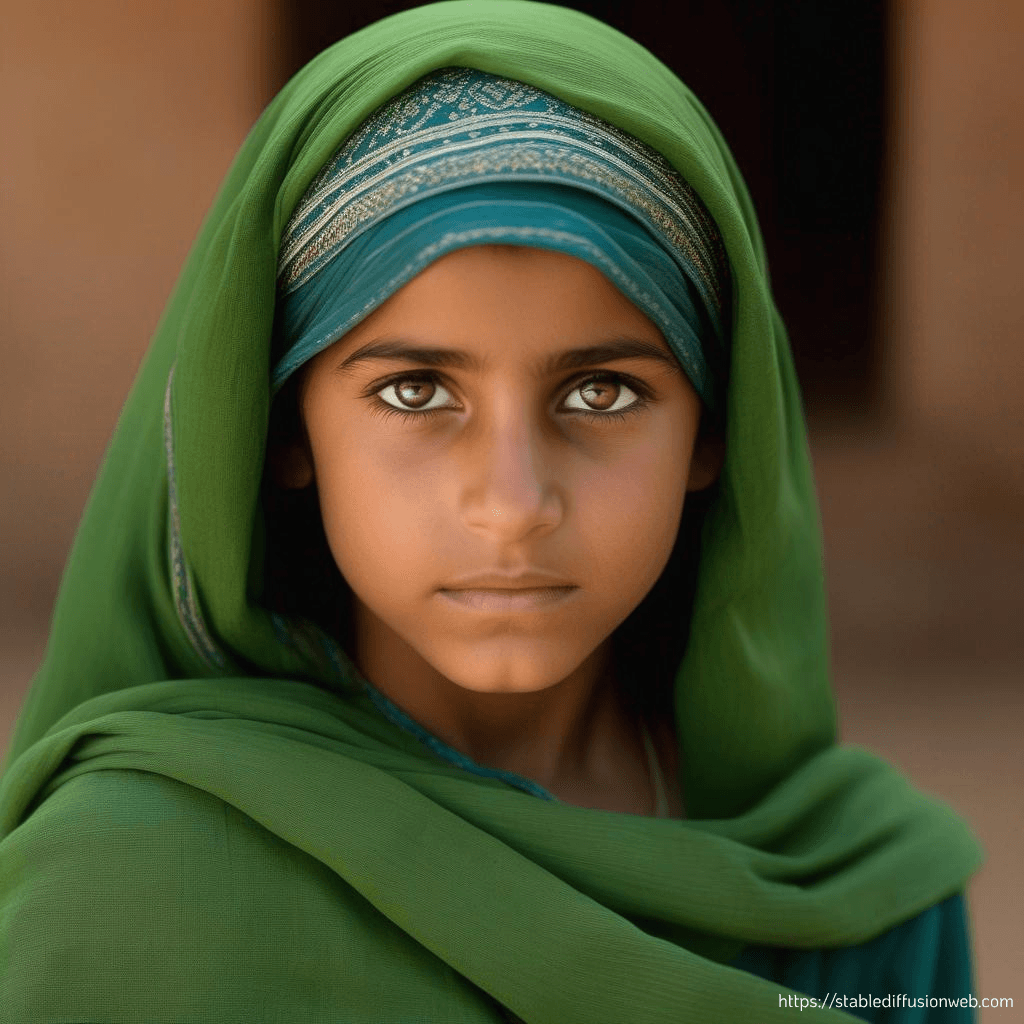
AI Photography with Adobe Firefly
What is Adobe Firefly?
Stable Diffusion is an open-source AI system for creating images and art from text descriptions. Built by Stability AI using a deep convolutional neural network, it generates highly realistic and creative visuals. As an accessible and customizable tool, Stable Diffusion makes AI synthesis approachable for everyone.
Photorealistic Adobe Firefly Prompt #1:
photorealistic version of the National Geographic Magazine, March 1996, Vol. 189, No. 3, featuring two proud parent penguins gazing lovingly at their baby; the baby has their wings spread open with the parents giving it space, background should be all snow
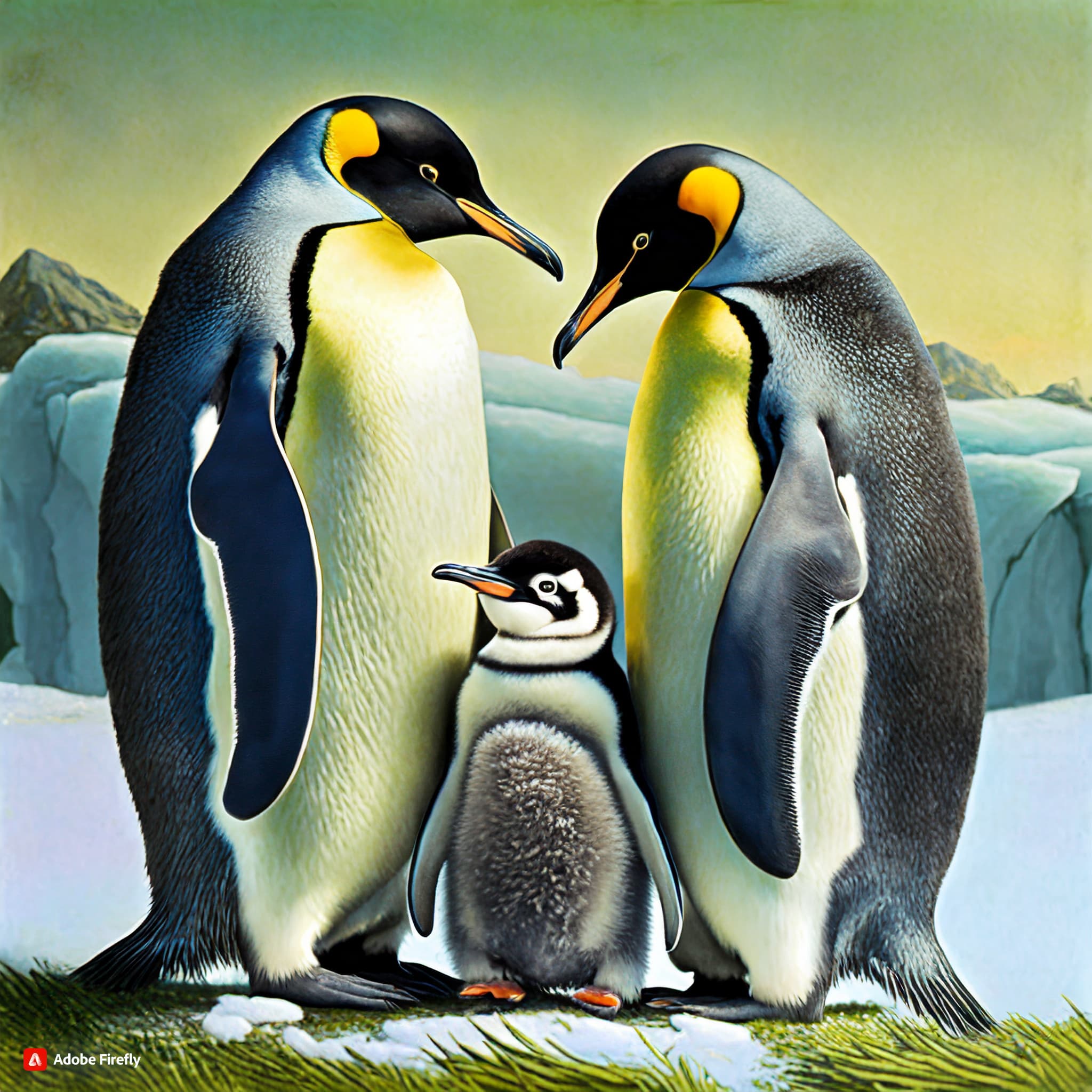
Photorealistic Adobe Firefly Prompt #2:
Create a photorealistic cover featuring a gorilla holding an Olympus camera from the 1970s, with a fence in the background, inspired by the cover of NATIONAL GEOGRAPHIC October 1978 Vol. 154, No. 4. The gorilla should be sitting on the ground facing the cameraman holding the Olympus camera on its face as if he's taking a picture of whoever is photographing the gorilla. The fence should be positioned in the background, partially obscuring the gorilla's body. The scene should evoke a sense of curiosity and connection between the gorilla and the camera, as if the gorilla is fascinated by the device
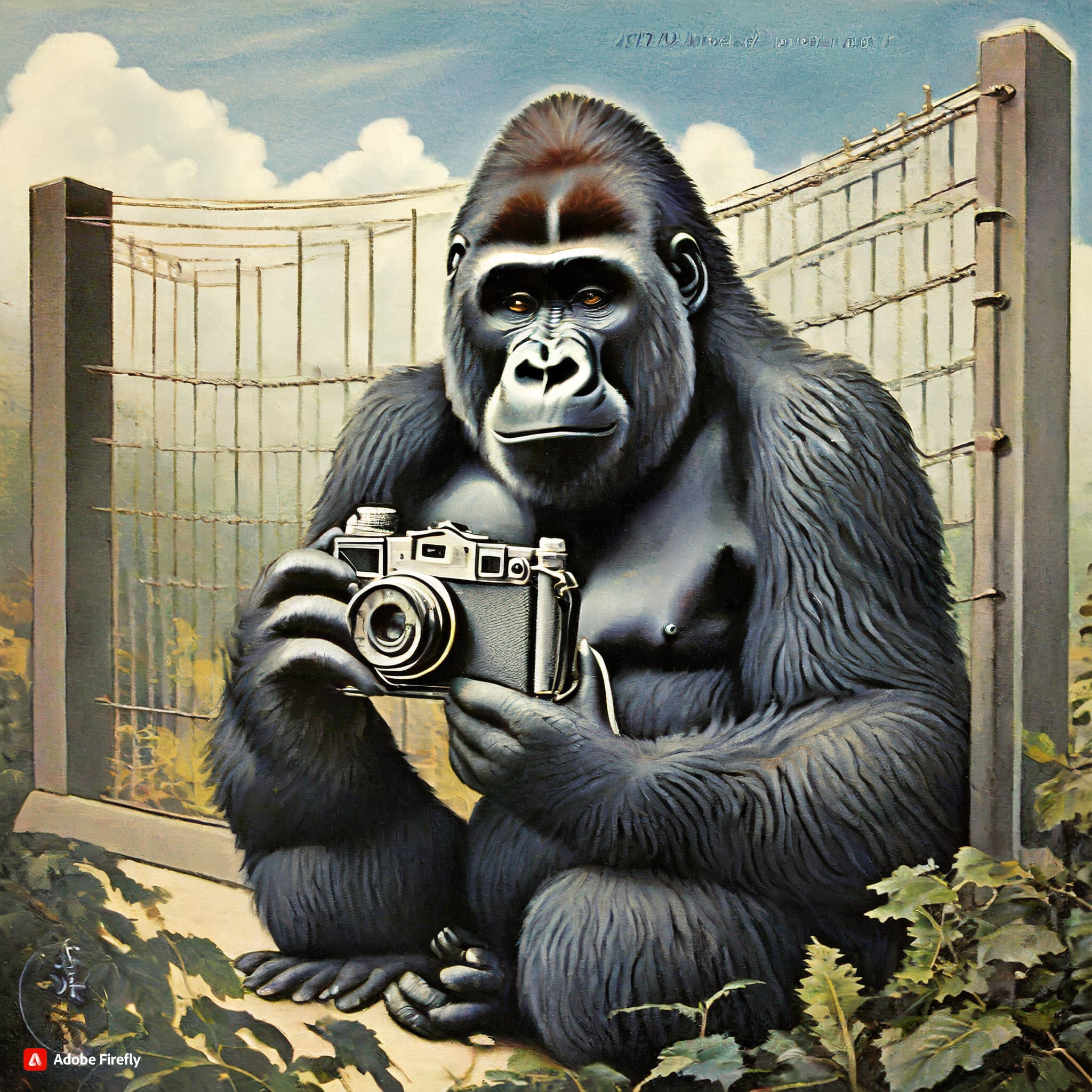
Photorealistic Adobe Firefly Prompt #3:
Generate an image of a young Afghan girl with a close-up shot. She should have blue/green eyes and slight dirt on her face. The background should be green, and she should be wearing a red cover that covers her head but not her face, with rips around the shoulders exposing a green shirt, re-creating the cover of National Geographic June 1985 Vol. 167, No. 6
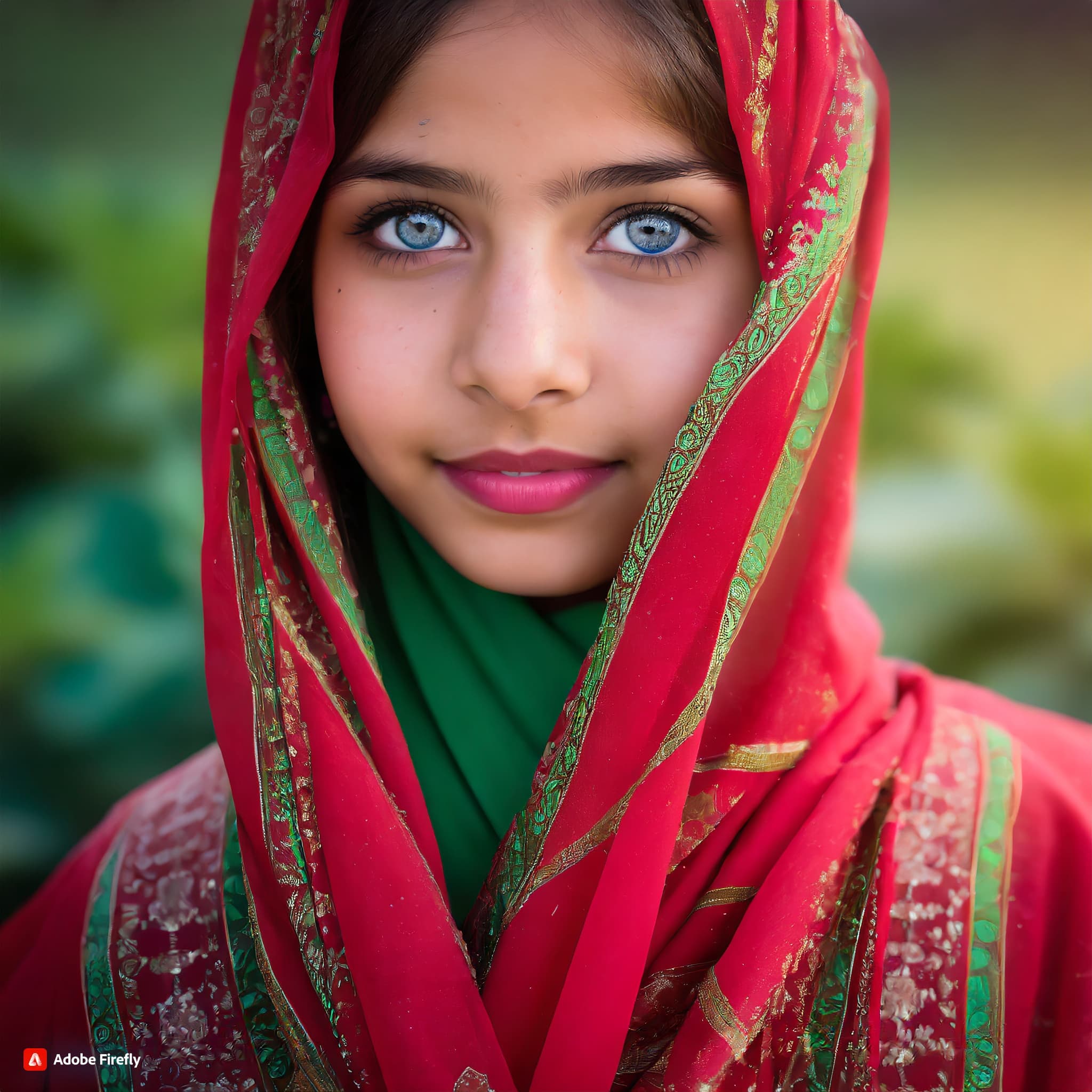
AI Photography with Leonardo AI
What is Leonardo AI?
Leonardo AI is an artificial intelligence system focused on generating photorealistic images from text. It displays unmatched visual fidelity, context sensitivity, and consistency compared to alternatives.
Photorealistic Leonardo AI Prompt #1:
photorealistic version of the National Geographic Magazine, March 1996, Vol. 189, No. 3, featuring two proud parent penguins gazing lovingly at their baby; the baby has their wings spread open with the parents giving it space, background should be all snow
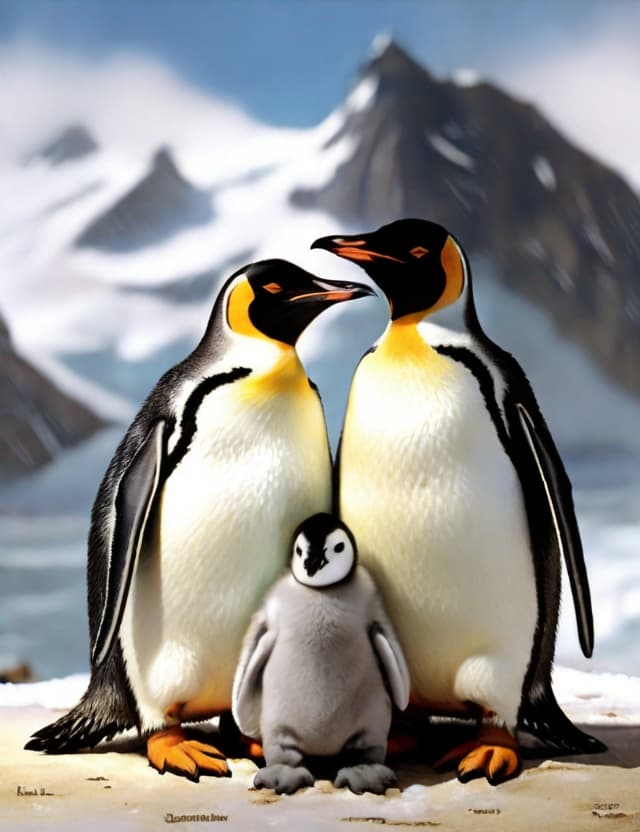
Photorealistic Leonardo AI Prompt #2:
Create a photorealistic cover featuring a gorilla holding an Olympus camera from the 1970s, with a fence in the background, inspired by the cover of NATIONAL GEOGRAPHIC October 1978 Vol. 154, No. 4. The gorilla should be sitting on the ground facing the cameraman holding the Olympus camera on its face as if he's taking a picture of whoever is photographing the gorilla. The fence should be positioned in the background, partially obscuring the gorilla's body. The scene should evoke a sense of curiosity and connection between the gorilla and the camera, as if the gorilla is fascinated by the device
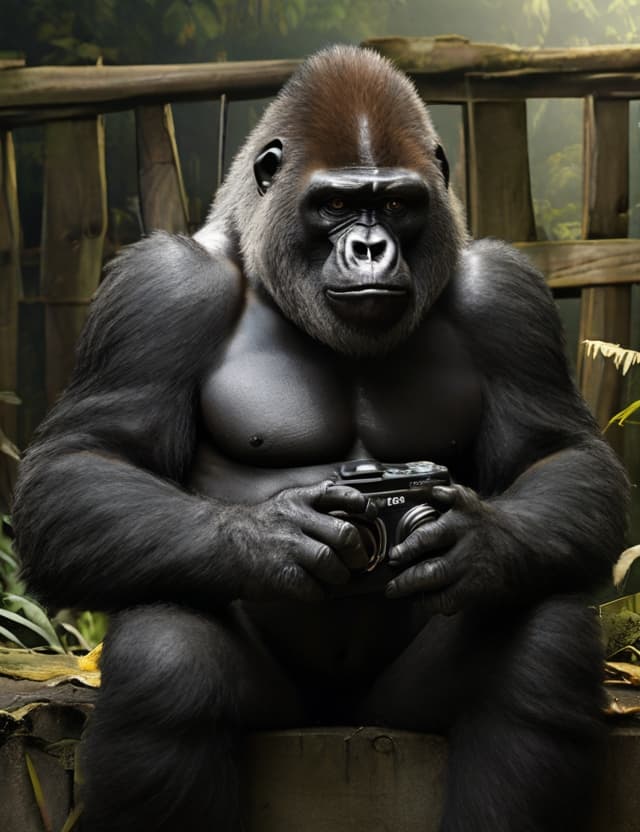
Photorealistic Leonardo AI Prompt #3:
Generate an image of an Afghan girl with a close-up shot. She should have blue/green eyes and slight dirt on her face. The background should be green, and she should be wearing a red cover that covers her head but not her face, with rips around the shoulders, re-creating the cover of National Geographic June 1985 Vol. 167, No. 6
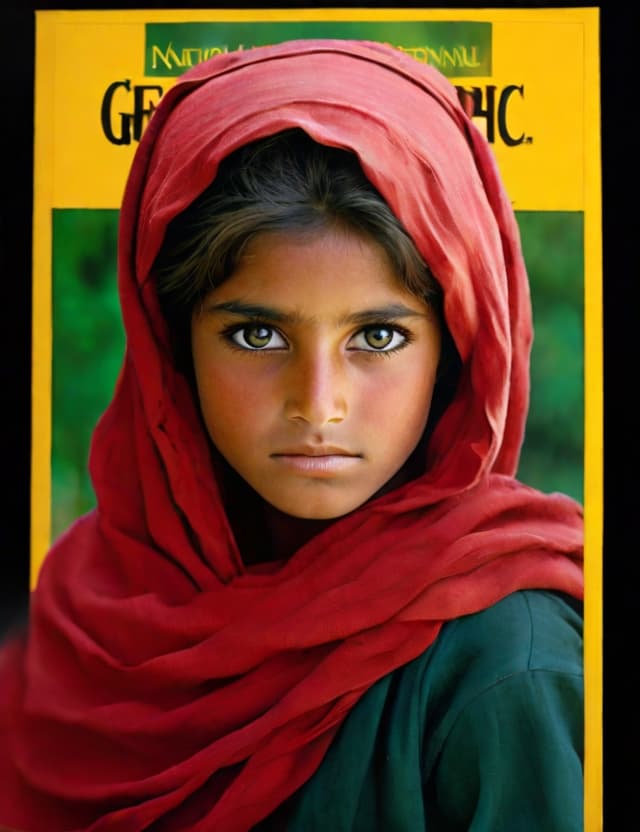
What is the best AI photo generator?
Understanding the Role of AI in Photography
AI is revolutionizing photography, unleashing new creative possibilities while introducing novel challenges. As image synthesis technology progresses at a blistering pace, maintaining visibility over generated media is critical.
AI photo generators like DALL-E, Stable Diffusion, Adobe Firefly and Midjourney showcase the vast creative potential of artificial intelligence. By synthesizing imaginative, highly realistic images from text prompts, they make AI photography accessible to all. Their deep neural networks analyze immense datasets to extract visual concepts, patterns, textures, colors, shadows and perspectives. This knowledge manifests as novel images adhering to prompt instructions.
With these tools, amateurs can easily create magazine cover-worthy photographs, product mockups, portraits, landscapes and even picture close to that of National Geographic covers.
However, risks emerge alongside the rewards. AI photos could enable the spread of misinformation or infringe on copyrights if improperly attributed. As AI photo generation advances, maintaining authenticity and trust grows increasingly crucial.
The Role of AI Detection in AI Photography
As AI-generated content becomes more prevalent, it's crucial to ensure authenticity and prevent fraud. This is where AI detection tools play a vital role. By verifying the authenticity of digital content, these tools help to maintain trust and integrity in the digital landscape.
AI detection parses digital artifacts like pixel patterns, noise distributions, and compression inconsistencies to determine if images, video, audio and KYC documents are real or AI.
In the world of AI photography, AI detection can help to verify the authenticity of images, whether they are generated entirely by AI or are a combination of traditional photography and AI enhancements. This is particularly important in fields like journalism, where accuracy and transparency are essential.
Furthermore, AI detection can help to detect deepfakes, which are AI-generated synthetic media that can be used to spread misinformation or harm individuals' reputations. By identifying and preventing the spread of deepfakes, AI detection can help to mitigate their potential harmful effects.
Overall, AI detection plays a critical role in ensuring the responsible and ethical use of AI in photography. By providing a means to verify authenticity, prevent fraud, and detect deepfakes, AI detection helps to maintain the integrity of digital content and fosters trust in the digital landscape. As AI continues to evolve, the importance of AI detection will only increase, making it a crucial component of the AI photography landscape.